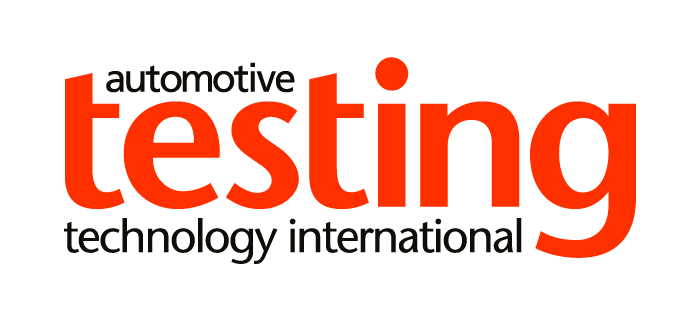Today’s technology is all about making connections. While computer networks, email and the web have been around for decades, the last few years have seen a huge growth in interactions – between people as well as network-attached devices.
This revolution is having a big impact on test and measurement. For example, in battery test, it is not enough to just test a single battery cell in isolation – we now need to simultaneously manage tens of thousands of cells in validation and millions in production.
Test and measurement gets personal
In the latter part of the 20th century, personal computers became affordable, powerful and ubiquitous in the workplace. Bus technologies such as PCI and PCI express enabled modular and expandable hardware designs.
This PC technology helped engineers break free from the limitations of box instruments. It was possible to rapidly and cost-effectively create customized, personalized test and measurement devices – reducing costs, increasing productivity and maximizing flexibility.
This technology shift to PC-based test meant that there was often a focus on a small team of test engineers, creating personalized test and measurement stations. It became easy to define and re-define what a test station did, simply with software changes, and this flexibility was helped by the use of rapid application development environments. Similarly, it was quick and simple to expand the PC hardware, adding more performance and extra interface cards.
The Network of Things
The personal test and measurement approach has been hugely effective but, as the systems they are testing become more complex and interconnected, the test environment must have the ability to share data widely.
As a result, test and measurement systems have grown more connected, with network connections added to our personal test and measurement devices. We can think of these as now being part of a Network of Things (NoT), which might reach all test systems in our lab, our entire plant, or beyond.
In this NoT era, network technology becomes possibly the most important part of a test system. The network’s bandwidth, latency and quality of service define the system’s overall capabilities, and set a limiting factor on what can be achieved with hardware or software upgrades. Processing can be consolidated, if desired, in high-performance server nodes where software is easier to scale and maintain, which further reduces the cost and complexity.
Suppliers such as National Instruments have taken the best of the networking technologies developed by the wider IT industry and applied them within the test environment. By taking advantage of economies of scale from high-volume standards such as Fieldbus, CAN and PXI, test equipment can provide fast, reliable network connections at an affordable cost.
The networking of test devices and stations isn’t just about sharing test results. They can also publish data that is used to compare the quality of results among different devices, and therefore assess their health. This can be used to spot any problems early, which reduces operational costs like service and maintenance.
Dealing with data
By connecting multiple test devices, there is a bigger story to tell – what can we do with our test data, now we can consolidate and compare results from multiple sources?
At National Instruments, we’ve found that nearly 90% of all test data ends up just being stored on a disk somewhere. That is even before we start to think about the extra data we may have from a NoT approach.
Social network technologies, which are more familiar from our consumer gadgets, are actually a great place to start tackling this data problem. The social technologies can represent people and their actions, as well as automate the sifting and prioritization of the streams of data they produce.
Instead of a narrow-minded focus on measurement acquisition and data transport, we can think of test and measurement infrastructure as a social network of people and things. This enables the interaction of engineers, operators, managers, measurement devices, test stations, designs and products. Working together, these can all drive effective decisions.
To enable this social test and measurement network, we need the right connectivity and the ability to connect efficiently to each device and person. The focus is on software, enabling systems to be deployed and re-configured rapidly to meet changing requirements.
Every participant in the NoT will need some kind of interface to the network, right down to embedded sensors and actuators. This interface needs to be software-controlled, to provide the flexibility needed. For example, smart sensors and actuators offer digital interfaces, complementing raw measurement data with context, such as time or ambient conditions.
Another valuable tool is the digital twin, which is a software representation of both the units under test (UUTs) and test systems. Digital twins are the primary means to describe expected system behavior in a way that can be understood by computers.
If an engineer or an automated system need to know if a UUT or test system is behaving correctly, they can compare measurements against predictions created by these digital twins. In short, digital twin technology is crucial in making sense of all the data we generate and in automating the processes to do so.
Social test takes us forward
To increase product, operational and engineering performance, we need to evolve test and measurement beyond the traditional personal systems.
As systems grow bigger and more complex, we need to move to a social, cross-functional and scalable network of people and things: test and measurement as a social network. This will bring together engineers, test and measurement equipment, simulations and units under test to drive decisions that improve the quality of product design and production.


